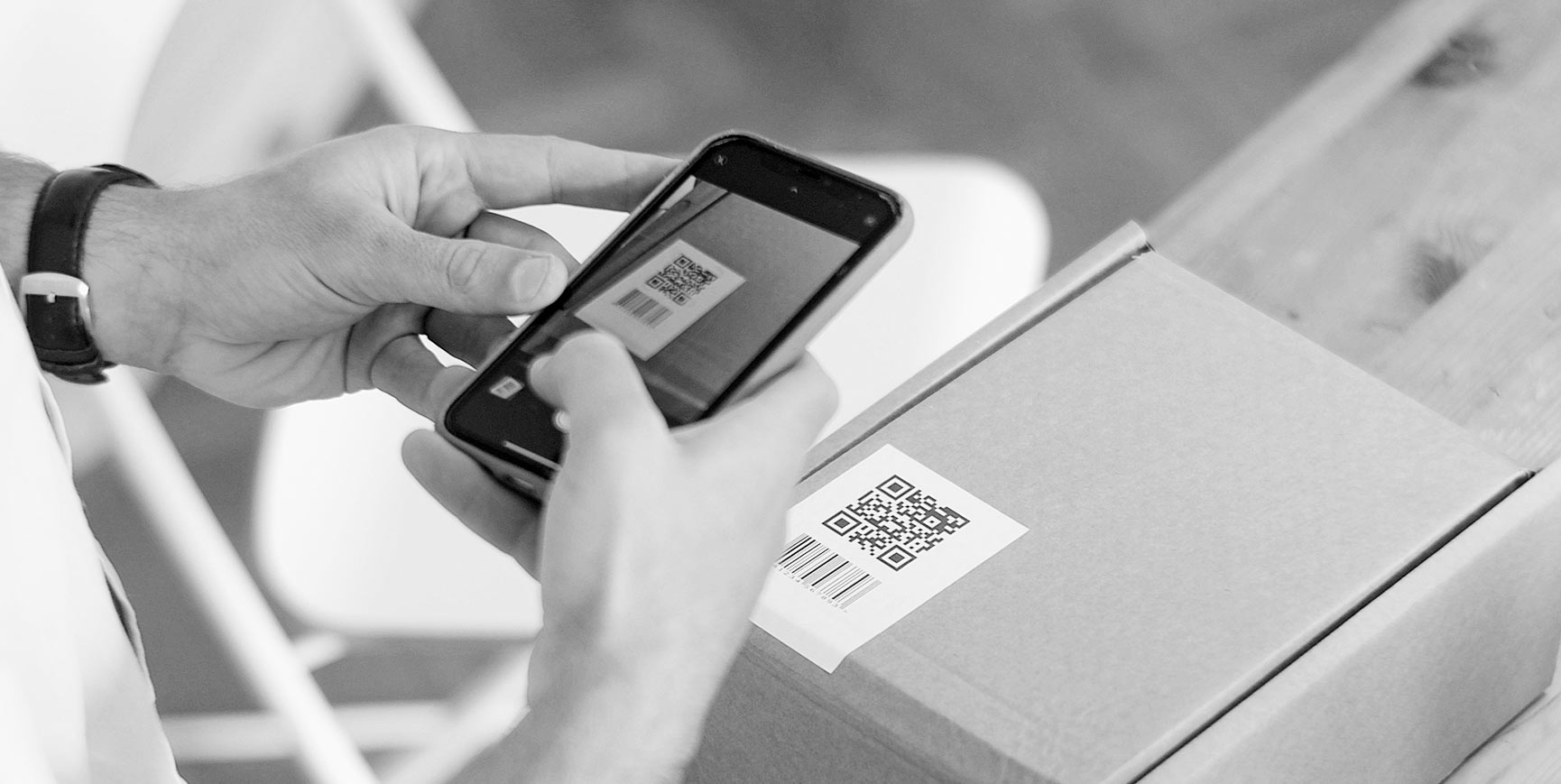
A QR code consists of black squares on a white background, arranged in a grid. QR stands for Quick Response, and QR codes are matrix bar codes (or, more simply, patterns) designed to be machine-readable – this is why they are in black and white, or, more rarely, in other high-contrast colour combinations. They are related to bar codes, but are laid out in two dimensions and can typically contain much more data.
They were originally developed by a Japanese automotive company in order to track vehicles and their components during manufacture and distribution. Nowadays, however, most everybody has a powerful digital camera in their pocket, and QR codes and smartphones make a great match. You could store an URL as a QR code, and post it anywhere online or in the real world: in print, on posters, public transport, business cards, and, within half a second, you can have a new visitor to your website, and they don‘t even need to bother with typing.
Another advantage of QR codes is that they retain their usefulness even if they are damaged, under certain circumstances, which is why they are so often used printed on paper.
A final thing we‘d like to point out is that QR codes come in two distinct flavours: static and dynamic. The difference between them is self-explanatory: a static QR code cannot be edited once it is generated, while a dynamic one can be changed however many times is required.





